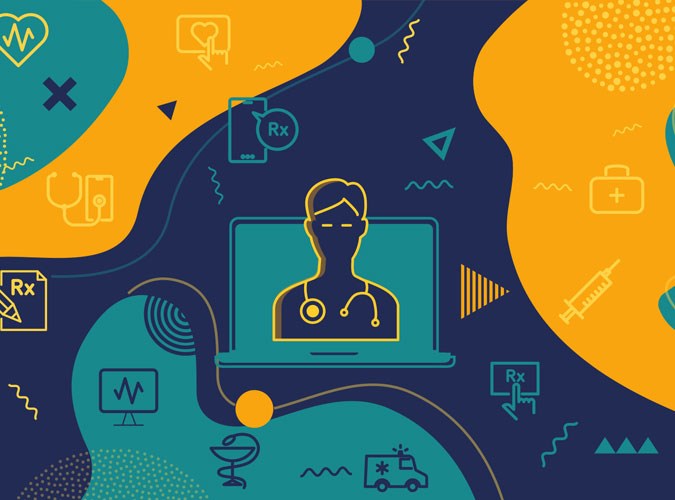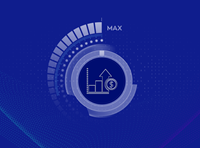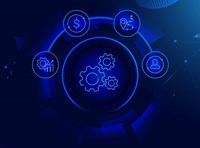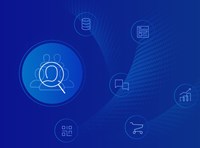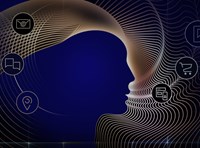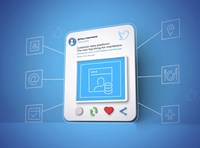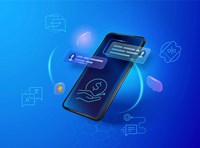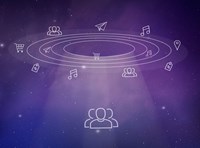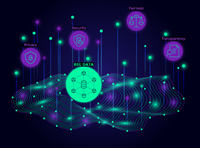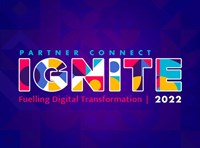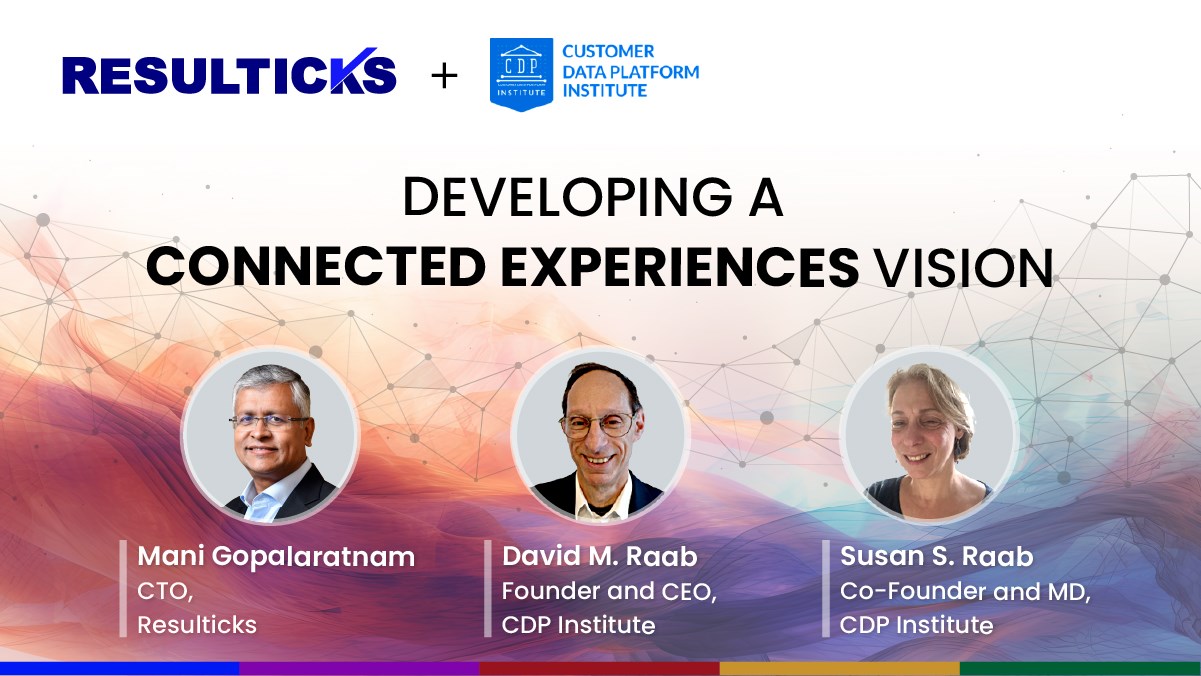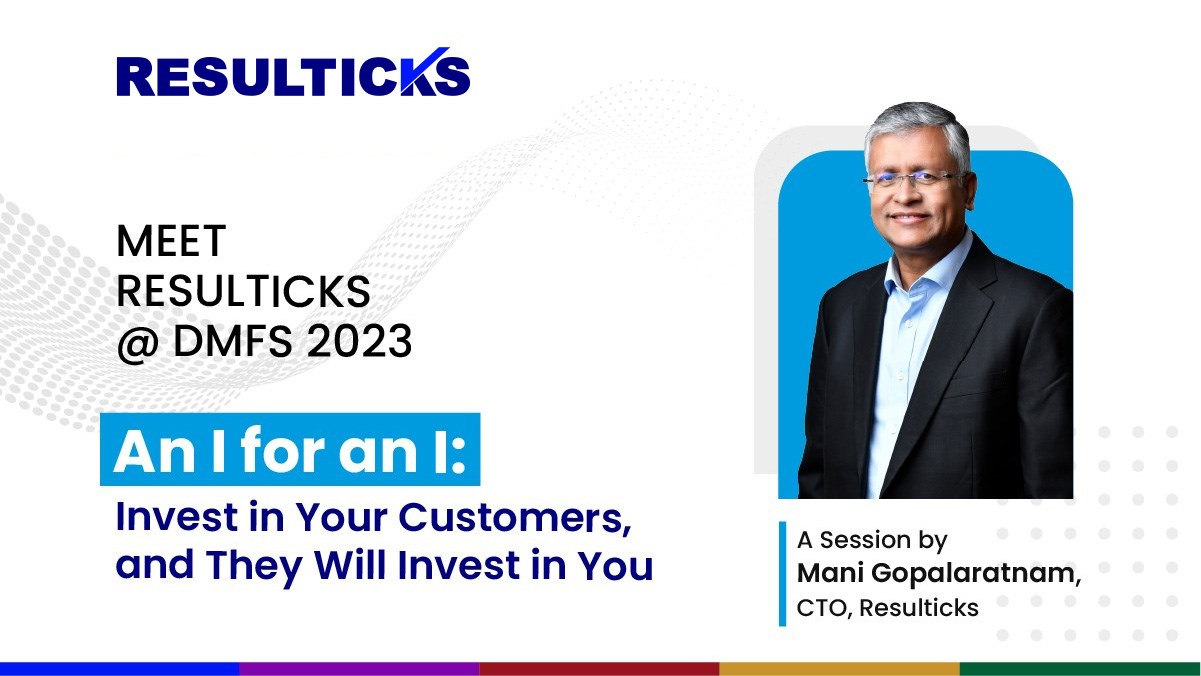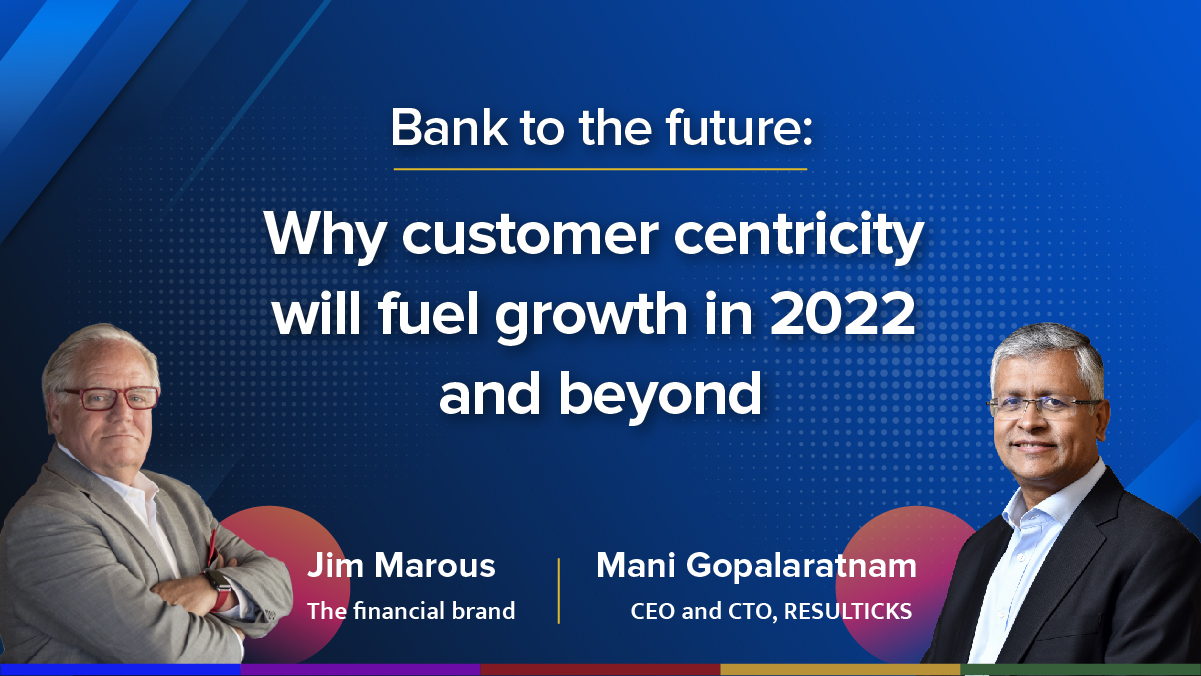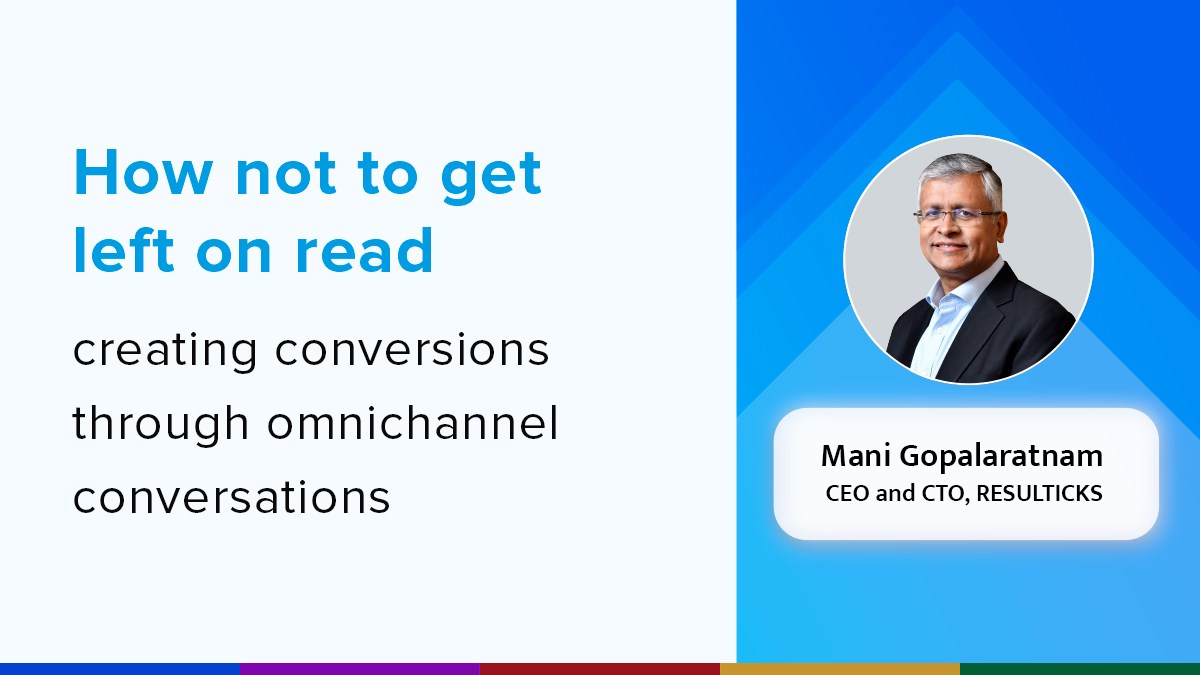Telehealth, once viewed as a lesser way of receiving medical attention, is becoming increasingly commonplace due to COVID-19 and the social distancing measures implemented to prevent its spread. In fact, telehealth interactions are expected to reach one billion by the end of 2020. Furthermore, with the adoption of smartphones high even among low-income users, a 2019 study showed a high preference for secure texting over patient portal communications, suggesting an ongoing shift of attitudes towards digital, contact-less appointments.
Notorious for my unimpressive immune system, I was similarly slow to pick up on the trend, and only turned to a telehealth appointment when clinics ceased in-patient treatment for non-emergencies. I was apprehensive about the quality of healthcare I would receive: How would doctors be able to, for instance, measure my blood pressure and take my temperature to arrive at a reliable diagnosis?
While I can easily purchase a thermometer and report my temperature online, telehealth still has many limitations. Thankfully, we have been blessed with a slew of innovations that can alleviate these concerns and make it even easier to access healthcare remotely.
IoT will play a key hand in accelerating the evolution of telehealth. Take, for example, companies like Binah.ai, which utilizes AI and signal processing to measure a patient’s vitals via a smartphone camera. Instead of having to purchase a separate thermometer, patients can report their vitals to doctors during telehealth appointments with just their smartphones.
Even slightly more complicated readings can now be done at home. Many patients are starting to use digital blood pressure monitors independently. These devices allow them to measure their blood pressures in prescribed intervals and report the results back to their physicians. If enhanced with IoT technology, these monitors can directly log blood pressure readings, which will be instantly accessible online to family physicians. Sudden rises or falls in blood pressure can even be tagged to trigger an alert, prompting the physician to recommend an immediate visit to the ER or a change in medication.
Apple Watches in particular, provide features that go far beyond tracking how many steps you’ve taken in the day, or how many calories you/your friends have burned.
In 2018, Apple released a “Movement Disorder API,” allowing Apple Watches to aid the management of Parkinson’s Disease symptoms. Instead of relying on physical diagnostic tests at clinics, the app automatically tracks the user’s movements and symptom fluctuations on a minute-by-minute basis.
The Apple Watch can even detect the onset and duration of seizures for epilepsy patients. It alerts not only the patient, but healthcare providers and family members when a seizure occurs. This makes it easier to ensure patients will receive the urgent help they need even when alone.
Tech junkies who want to go one step further can opt for smart home sensors that monitor changes and trends in activities of daily living (ADLs) as key indicators of health statuses. These include motion sensors, bed sensors that monitor sleeping patterns, and even utility adapters that track the frequency at which home appliances are used. They also return the ownership of data back to patients themselves, who can choose to offer this information to their healthcare providers to receive a more accurate diagnosis.
All in all, while I ended my telehealth appointment with lingering doubts about whether it was a simple cough or throat cancer as Dr. Google declared, I look forward to the great strides being taken in the healthcare technology field and the continuous advances being made in telehealth.

